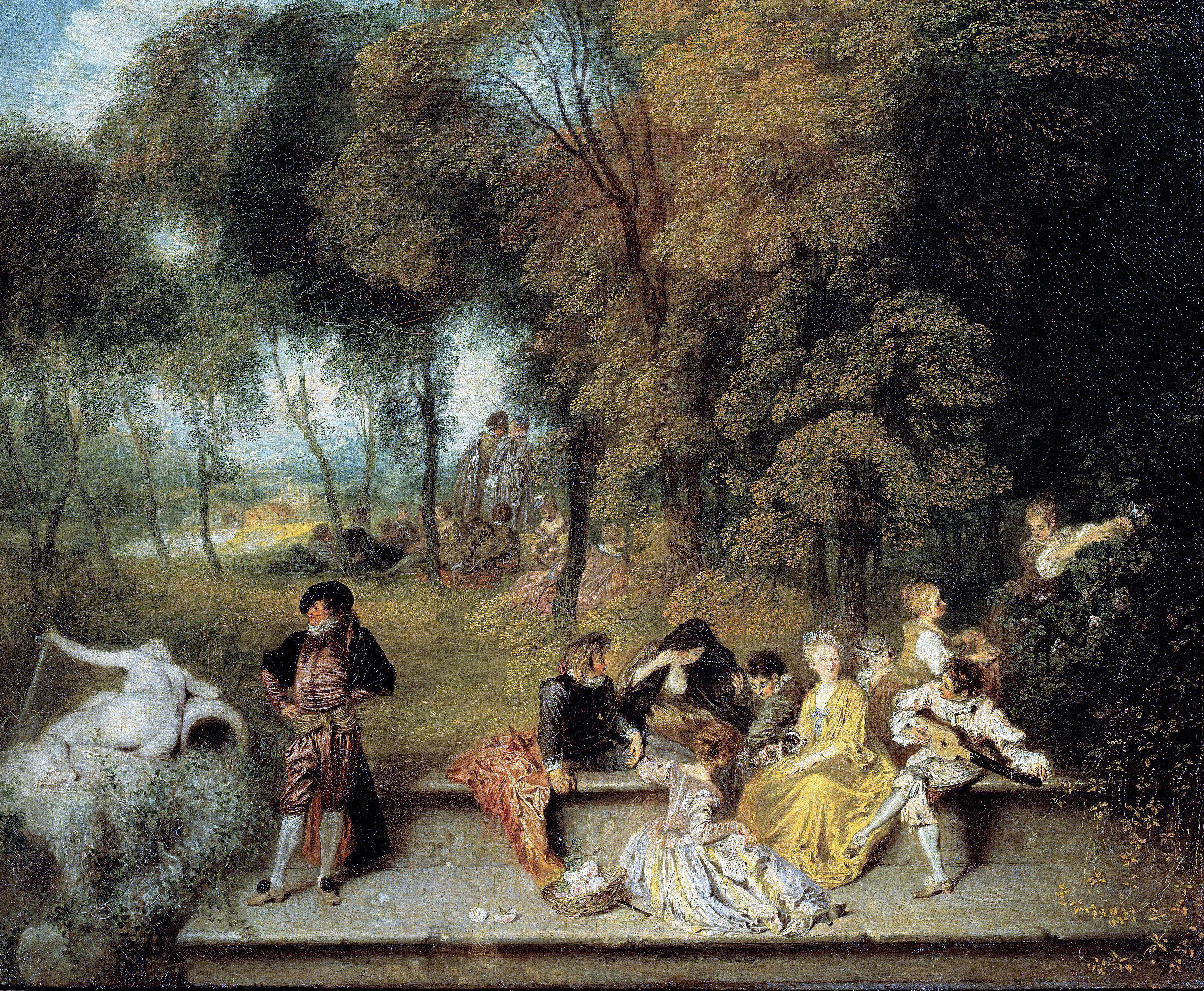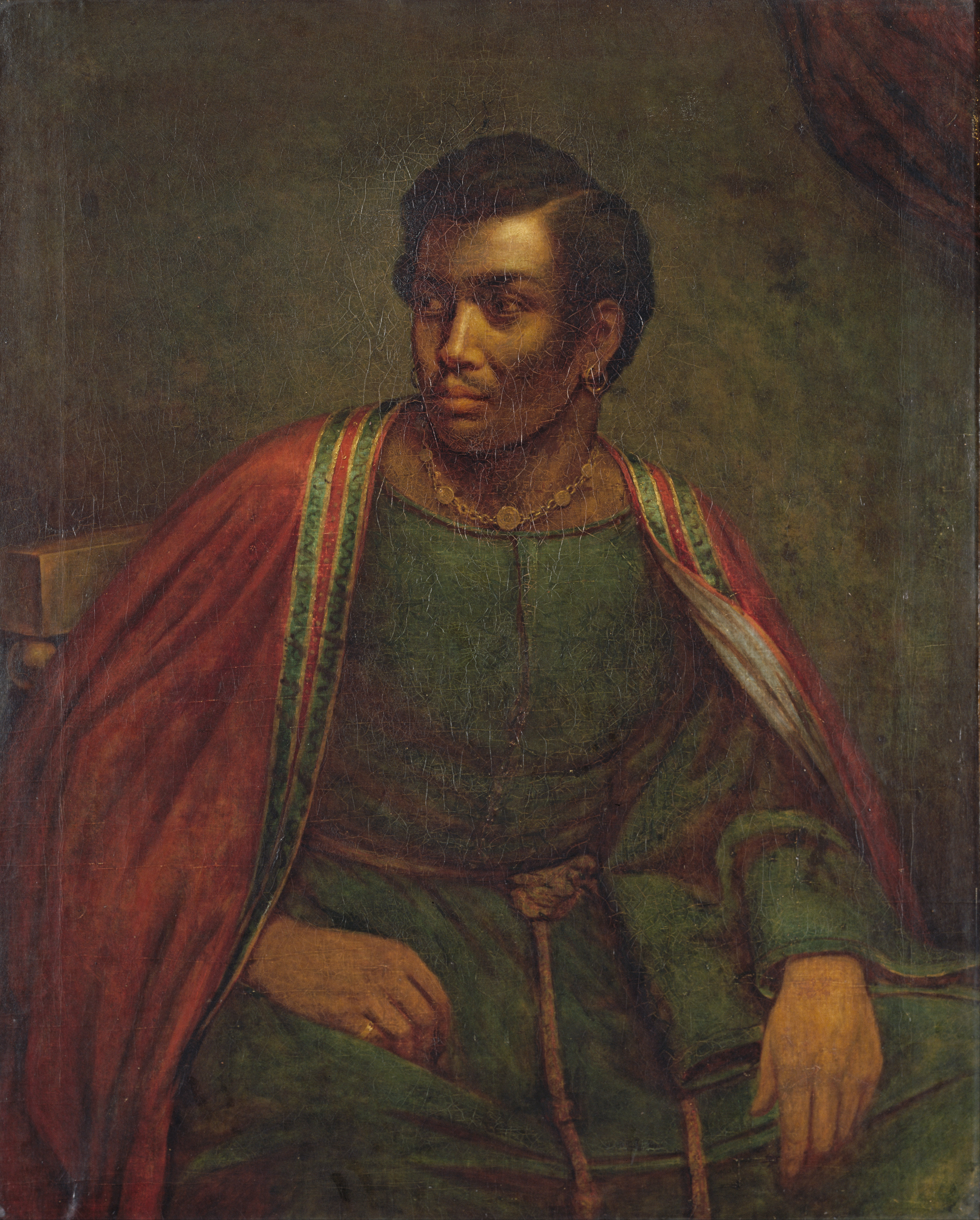|
Sam H. Harris Theatre
The Sam H. Harris Theatre, originally the Candler Theatre, was a theater within the Candler Building, at 226 West 42nd Street, in the Theater District of Midtown Manhattan in New York City. Opened in 1914, the 1,200-seat theater was designed by Thomas W. Lamb and built for Asa Griggs Candler, who leased it to George M. Cohan, Sam H. Harris, and George Kleine. Although the theater was intended to host both movies and legitimate Broadway productions, it functioned exclusively as a movie theater after 1933. The theater's auditorium was demolished by 1998. The only remnant of the former theater is its 42nd Street facade, which has been used by the Madame Tussauds New York museum since 2000. The theater was located in the rear of the Candler Building at 226 West 42nd Street and was accessed through the building's western wings. The auditorium was decorated in the Italian Renaissance style, with seats across two levels. There were originally four boxes, a proscenium arch with or ... [...More Info...] [...Related Items...] OR: [Wikipedia] [Google] [Baidu] |
Candler Building (New York City)
The Candler Building is a skyscraper at the southern end of Times Square in the Midtown Manhattan neighborhood of New York City. Located at 220 West 42nd Street, with an alternative address of 221 West 41st Street, the building contains 24 stories. The building was designed by the firm of Willauer, Shape and Bready in the Spanish Renaissance style. It was constructed between 1912 and 1913 for Coca-Cola Company owner Asa Griggs Candler. The Candler Building was one of the last skyscrapers built in New York City before the 1916 Zoning Resolution, which required setbacks. It is listed on the National Register of Historic Places (NRHP). The building consists of two sections: a 24-story rectangular tower to the north, facing 42nd Street, and a shorter 17-story rear wing to the south, facing 41st Street. The tower section was originally flanked by five-story wings and was designed with a marble and terracotta facade; the terracotta has since been replaced with cast stone. The rear ... [...More Info...] [...Related Items...] OR: [Wikipedia] [Google] [Baidu] |
Saucer Dome
A dome () is an architectural element similar to the hollow upper half of a sphere. There is significant overlap with the term cupola, which may also refer to a dome or a structure on top of a dome. The precise definition of a dome has been a matter of controversy and there are a wide variety of forms and specialized terms to describe them. A dome can rest directly upon a rotunda wall, a drum, or a system of squinches or pendentives used to accommodate the transition in shape from a rectangular or square space to the round or polygonal base of the dome. The dome's apex may be closed or may be open in the form of an oculus, which may itself be covered with a roof lantern and cupola. Domes have a long architectural lineage that extends back into prehistory. Domes were built in ancient Mesopotamia, and they have been found in Persian, Hellenistic, Roman, and Chinese architecture in the ancient world, as well as among a number of indigenous building traditions throughout the world ... [...More Info...] [...Related Items...] OR: [Wikipedia] [Google] [Baidu] |
New York City Department Of City Planning
The Department of City Planning (DCP) is the department of the government of New York City responsible for setting the framework of city's physical and socioeconomic planning. The department is responsible for land use and environmental review, preparing plans and policies, and providing information to and advising the Mayor of New York City, Borough presidents, the New York City Council, Community Boards and other local government bodies on issues relating to the macro-scale development of the city. The department is responsible for changes in New York City's city map, purchase and sale of city-owned real estate and office space and of the designation of landmark and historic district status. Its regulations are compiled in title 62 of the ''New York City Rules''. The most recent Director of City Planning Marisa Lago resigned in December, 2021 following her confirmation as Under Secretary for International Trade at the United States Department of Commerce. __toc__ City Planni ... [...More Info...] [...Related Items...] OR: [Wikipedia] [Google] [Baidu] |
The Coca-Cola Company
The Coca-Cola Company is an American multinational beverage corporation founded in 1892, best known as the producer of Coca-Cola. The Coca-Cola Company also manufactures, sells, and markets other non-alcoholic beverage concentrates and syrups, and alcoholic beverages. The company's stock is listed on the NYSE and is part of the DJIA and the S&P 500 and S&P 100 indexes. The soft drink was developed in 1886 by pharmacist John Stith Pemberton. At the time it was introduced, the product contained cocaine from coca leaves and caffeine from kola nuts which together acted as a stimulant. The coca and the kola are the source of the product name, and led to Coca-Cola's promotion as a "healthy tonic". Pemberton had been severely wounded in the American Civil War, and had become addicted to the pain medication morphine. He developed the beverage as a patent medicine in an effort to control his addiction. In 1889, the formula and brand were sold for $2,300 (roughly $71,000 in 2022) to A ... [...More Info...] [...Related Items...] OR: [Wikipedia] [Google] [Baidu] |
Fly System
A fly system, or theatrical rigging system, is a system of rope lines, blocks (pulleys), counterweights and related devices within a theater that enables a stage crew to fly (hoist) quickly, quietly and safely components such as curtains, lights, scenery, stage effects and, sometimes, people. Systems are typically designed to fly components between clear view of the audience and out of view, into the large opening, known as the fly loft, above the stage. Fly systems are often used in conjunction with other theatre systems, such as scenery wagons, stage lifts and stage turntables, to physically manipulate the mise en scène. Theatrical rigging is most prevalent in proscenium theatres with stage houses designed specifically to handle the significant dead and live loads associated with fly systems. Building, occupational safety, and fire codes limit the types and quantity of rigging permitted in a theatre based on stage configuration. Theatrical rigging standards are developed ... [...More Info...] [...Related Items...] OR: [Wikipedia] [Google] [Baidu] |
Fête Champêtre
A fête champêtre was a form of entertainment in the 18th century, taking the form of a garden party. This form of entertainment was particularly practised by the French court, where in the Gardens of Versailles and elsewhere areas of the park were landscaped with follies, pavilions and temples to accommodate such festivities. The term is a French expression, very literally translating as "party in the fields", meaning a "pastoral festival" or "country feast" and in theory was a simple form of entertainment, perhaps little more than a picnic or informal open air dancing. In practice, especially in the 18th century, the simplicity of the event was often contrived. A fête champêtre was often a very elegant form of entertainment involving on occasions whole orchestras hidden in trees, with guests sometimes in fancy dress. Such events became a popular subject in French 18th-century painting, representing a glamourized aristocratic form of pastoral, with "scenes of well dresse ... [...More Info...] [...Related Items...] OR: [Wikipedia] [Google] [Baidu] |
Caen Stone
Caen stone (french: Pierre de Caen) is a light creamy-yellow Jurassic limestone quarried in north-western France near the city of Caen. The limestone is a fine grained oolitic limestone formed in shallow water lagoons in the Bathonian Age about 167 million years ago. The stone is homogeneous, and therefore suitable for carving. Use in building The stone was first used for building in the Gallo-Roman period with production from open cast quarries restarting in the 11th century. Shipped to England, Canterbury Cathedral, Westminster Abbey and the Tower of London were all partially built from Caen stone. Underground mining developed in the 19th century, but the stone trade declined in the 20th century eventually ceasing in the 1960s. Excavation restarted in the 1980s with the stone being used for building the Caen Memorial. A 2004 decree by Caen city council authorised the annual quarrying of 9000 tonnes of stone. Notable examples *Caen stone was used in the construction of t ... [...More Info...] [...Related Items...] OR: [Wikipedia] [Google] [Baidu] |
The Merchant Of Venice
''The Merchant of Venice'' is a play by William Shakespeare, believed to have been written between 1596 and 1598. A merchant in Venice named Antonio defaults on a large loan provided by a Jewish moneylender, Shylock. Although classified as a comedy in the First Folio and sharing certain aspects with Shakespeare's other romantic comedies, the play is most remembered for its dramatic scenes, and it is best known for the character Shylock and his famous demand for a " pound of flesh" in retribution. The play contains two famous speeches, that of Shylock, "Hath not a Jew eyes?" on the subject of humanity, and that of Portia on " the quality of mercy". Debate exists on whether the play is anti-Semitic, with Shylock's insistence on his legal right to the pound of flesh being in opposition to Shylock's seemingly universal plea for the rights of all people suffering discrimination. Characters * Antonio – a prominent merchant of Venice in a melancholic mood. * Bassanio � ... [...More Info...] [...Related Items...] OR: [Wikipedia] [Google] [Baidu] |
Othello
''Othello'' (full title: ''The Tragedy of Othello, the Moor of Venice'') is a tragedy written by William Shakespeare, probably in 1603, set in the contemporary Ottoman–Venetian War (1570–1573) fought for the control of the Island of Cyprus, a possession of the Venetian Republic since 1489. The port city of Famagusta finally fell to the Ottomans in 1571 after a protracted siege. The story revolves around two characters, Othello and Iago. Othello is a Moorish military commander who was serving as a general of the Venetian army in defence of Cyprus against invasion by Ottoman Turks. He has recently married Desdemona, a beautiful and wealthy Venetian lady much younger than himself, against the wishes of her father. Iago is Othello's malevolent ensign, who maliciously stokes his master's jealousy until the usually stoic Moor kills his beloved wife in a fit of blind rage. Due to its enduring themes of passion, jealousy, and race, ''Othello'' is still topical and popular and is ... [...More Info...] [...Related Items...] OR: [Wikipedia] [Google] [Baidu] |
William Shakespeare
William Shakespeare ( 26 April 1564 – 23 April 1616) was an English playwright, poet and actor. He is widely regarded as the greatest writer in the English language and the world's pre-eminent dramatist. He is often called England's national poet and the " Bard of Avon" (or simply "the Bard"). His extant works, including collaborations, consist of some 39 plays, 154 sonnets, three long narrative poems, and a few other verses, some of uncertain authorship. His plays have been translated into every major living language and are performed more often than those of any other playwright. He remains arguably the most influential writer in the English language, and his works continue to be studied and reinterpreted. Shakespeare was born and raised in Stratford-upon-Avon, Warwickshire. At the age of 18, he married Anne Hathaway, with whom he had three children: Susanna, and twins Hamnet and Judith. Sometime between 1585 and 1592, he began a successful career in London as an ... [...More Info...] [...Related Items...] OR: [Wikipedia] [Google] [Baidu] |
Forest City Ratner
Forest City Realty Trust, Inc. was a real estate investment trust that invested in office buildings, shopping centers and apartments in Boston, Chicago, Dallas, Denver, Los Angeles, Philadelphia, and the greater metropolitan areas of New York City, San Francisco and Washington, D.C. The company was organized in Maryland with its headquarters in Cleveland, Ohio. As of December 31, 2017, the company owned 29 office buildings, 29 shopping centers, and 78 apartment complexes. On December 7, 2018, the company was acquired by Brookfield Asset Management. History In 1920, Forest City was founded as a family-owned lumber and household hardware business by siblings Charles, Leonard, Max and Fannye Ratner, immigrants from Poland. Beginning in the 1930s, the company invested in residential garages, apartments, retail strip centers. During World War II, the company manufactured and prefabricated governmental housing. In 1960, Forest City became a publicly-traded company. In 1987, the compa ... [...More Info...] [...Related Items...] OR: [Wikipedia] [Google] [Baidu] |
Shubert Brothers
The Shubert family was responsible for the establishment of the Broadway district, in New York City, as the hub of the theater industry in the United States. They dominated the legitimate theater and vaudeville in the first half of the 20th century, promoting entertainment attuned to the popular taste. History The family's American history began with Duvvid Schubart (transliterated to "Shubert") and his wife Katrina (Gitel) Helwitz, who left their native town Vladislavov, Russian Empire (now Kudirkos Naumiestis, Lithuania) arriving in New York City from Hamburg, via England, on June 12, 1881 on the s/s ''Spain'' with their eight children. Two of them subsequently died. Later they settled in Syracuse, New York."Shubert Brothers" pbs.org, accessed August 29, 2009Kenrick, Joh [...More Info...] [...Related Items...] OR: [Wikipedia] [Google] [Baidu] |








